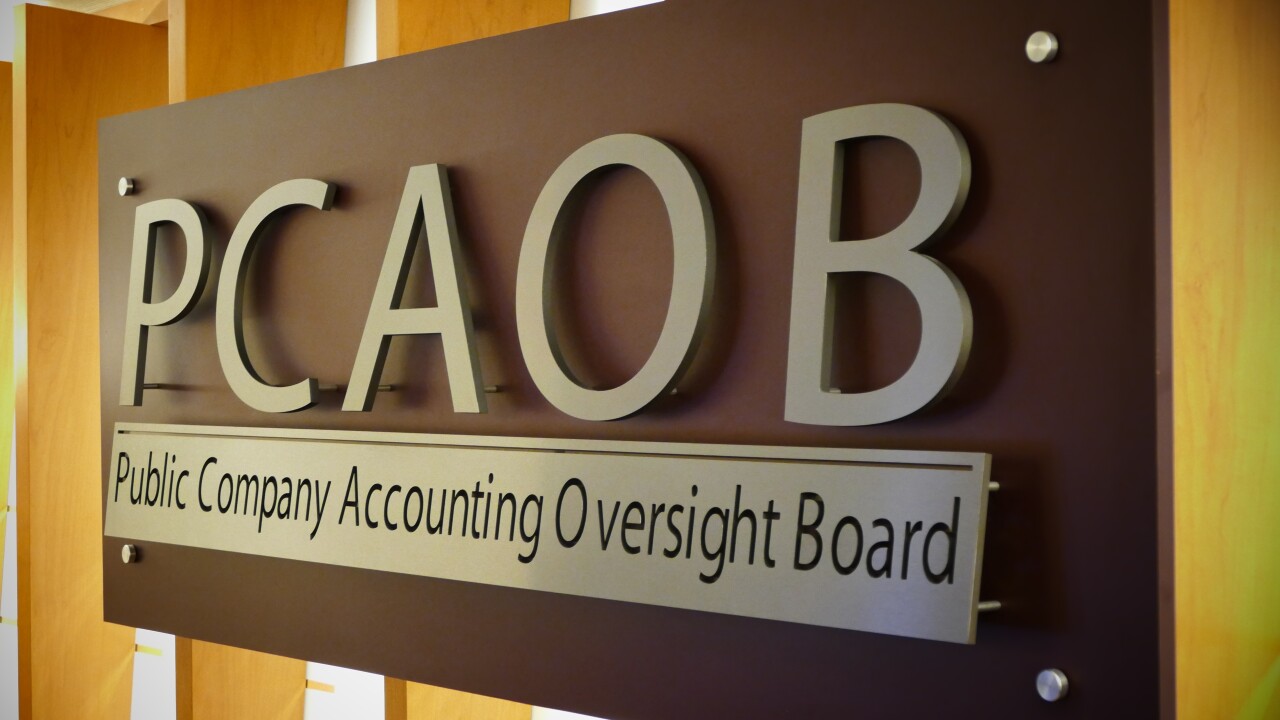
Farmers and ranchers who were forced to sell livestock due to drought may get extra time to replace the livestock and defer tax on gains from the sales, according to the Internal Revenue Service.
The one-year extension gives eligible farmers and ranchers until the end of the tax year after the first drought-free year to replace the sold livestock. The farmer or rancher must be in an applicable region -- a county designated as eligible for federal assistance, or a county contiguous to an eligible county.
The farmer’s county, parish, city or district that is included in the applicable region must be listed as suffering exceptional, extreme or severe drought conditions by the
The relief applies to farmers who were affected by drought that happened between Sept. 1, 2017, and Aug. 31, 2018. This relief generally applies to capital gains realized by eligible farmers and ranchers on sales of livestock held for draft, dairy or breeding purposes. Sales of other livestock, such as those raised for slaughter or held for sporting purposes, or poultry are not eligible. The sales must be solely due to drought, flooding or other severe weather causing the region to be designated as eligible for federal assistance.
The farmers generally must replace the livestock within a four-year period, instead of the usual two-year period. Because the normal drought sale replacement period is four years, this extension immediately impacts drought sales that occurred during 2014. Because of previous drought-related extensions affecting some of these areas, the replacement periods for some drought sales before 2014 are also affected.





